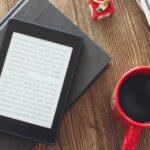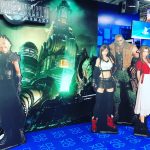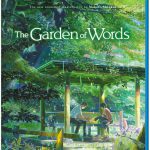What’s Omikuji on New Year and how to handle Bad Fortune?

Happy New Year!!
2022 started!!
On the New Year, many people visit shrine or temple in Japan.
And many of them also try Omikuji.
It’s a kind of fortune telling.
Here, I’ll introduce you the meaning of Omikuji and what people do when they draw curse.
What’s the meaning of Omikuji and the History?
Omikuji is written as おみくじ in Hiragana and お御籤 in Chinese character.
Yes, Chinese character is difficult, so including me, most Japanese people just write it in Hiragana.
Omikuji is a fortune telling by praying for deity or Buddha.
You draw a paper strip or wooden stick that written your fortune at a shrine or temple.
Actually, only shrine maiden or priest were allowed to draw Omikuji in the old days when it first started.
It was about 1000 or 1100 years ago when a monk called Ganzandaishi created Omikuji in Japan.
In the Kamakura period (1185-1333), ordinary people who visited Shrine or temple were allowed to Omikuji for a fortune telling such as economic fortune success in business, etc.
Levels of Omikuji
There are roughly 6 levels for Omikuji.
From top to bottom, they are Great fortune, Middle luck, Little luck, Curse and Great curse.
In Japanese, 大吉(だいきち)・中吉(ちゅうきち)・小吉(しょうきち)・凶(きょう)・大凶(だいきょう)。
Of course, Greatest luck (大吉) is the best.
But I think most people receive Middle luck and Little luck.
Greatest luck / Great blessing / Great fortune (大吉)
Middle luck / Middle blessing (中吉)
Little luck / Small blessing (小吉)
Curse / Unluckiness (凶)
Great curse / Worst unluckiness (大凶)
What to do if we draw a bad fortune?
If you draw a bad fortune such as curse (凶) or great curse (大凶), you might feel “Oh, this is terrible”.
You might want to throw away but do not do that.
In a way, you might be very lucky as the percentage of drawing curse or great curse is low.
If I draw great curse, I would be happy saying “Wow, this is rare, I might be lucky!!”
But yes, I know most people are just disappointed.
In Japan, those who draw curse or great curse tie them to a branch on the grounds of a shrine or temple.
Why?
They say you can leave the bad fortune by tying Omikuji of curse or great curse to a branch.
Vitality of the tree lets the bad fortune faces good way.
Do not forget to use your nondominant hand when tying Omikuji.
By tying curse or great curse using nondominant hand, bad fortune turns good fortune.
By they way, some people tie even great fortune (大吉) to the branch although most people bring it back.
Because they believe tying Omikuji means connection with deity.
So, I can say it all depends on you whether or not tie Omikuji to the branch.
Many people carry great fortune and tie both curse and great curse to the branch in Japan.
But after all that’s just a kind of fortune telling, so it all depends on you.
Oh, but please check sign in the grounds when you tie Omikuji as some shrine or temple ban tying Omikuji to the branch of a certain tree as it cause damage.
They designate the tree you can tie, so follow the instruction of the shrine and temple, please.
Summary of Omikuji
Omikuji is something many people draw on the New Year when they visit shrine or temple in Japan.
Usually, people bring back great fortune and tie curse and great curse to the branch of the tree on the grounds.
Don’t let it get you down even if you draw great curse.
If you look at it from a different angle, you are rare and it’ll be a great fortune in a way.
That all being said, I rarely draw Omikuji, actually.
Maybe just 2 or 3 times in my whole life, haha.
But it might be good to try for a change sometimes.












